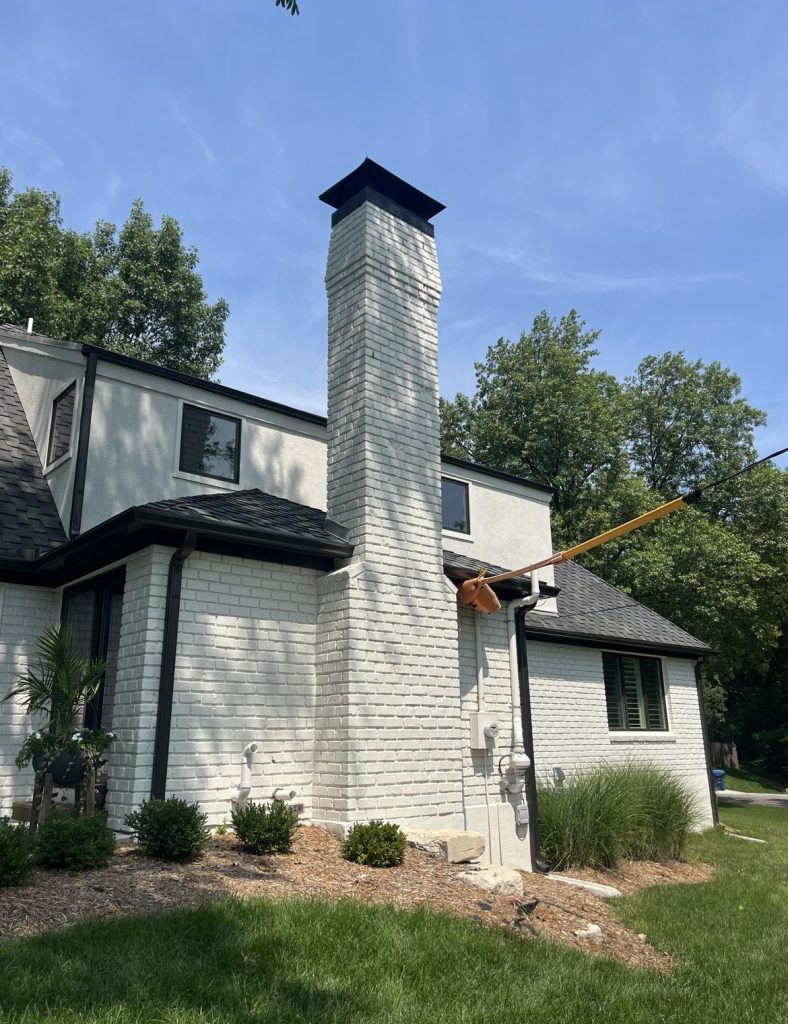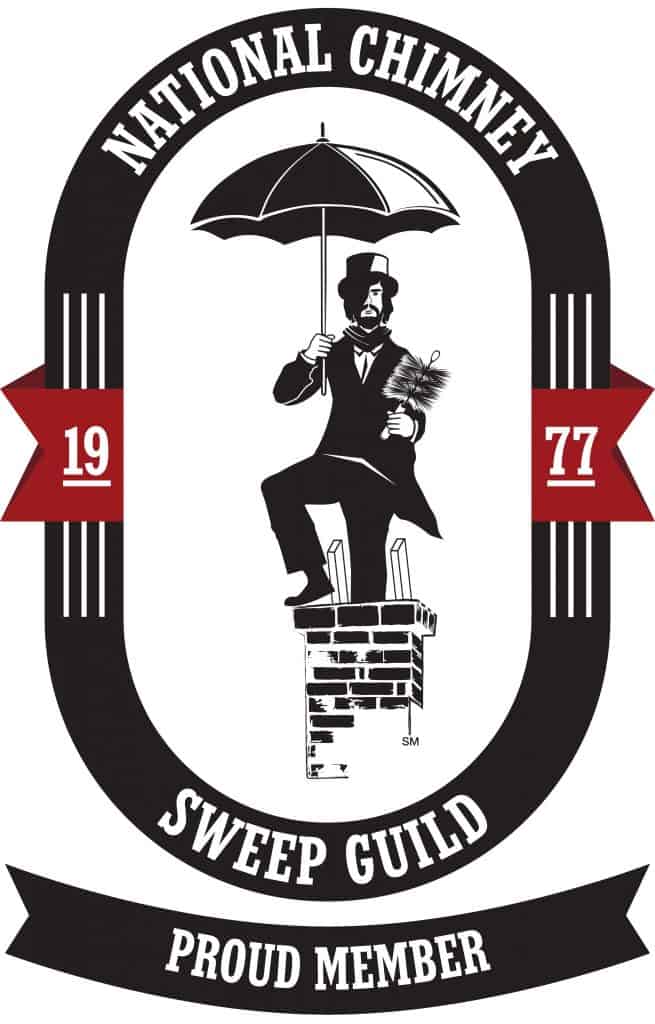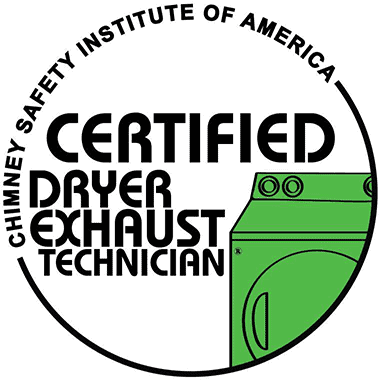A well-maintained chimney is crucial for the safe and efficient operation of your fireplace. One of the key components in ensuring this efficiency is the chimney damper. Despite its importance, many homeowners are unaware of what a chimney damper is, how it works, and the different types available. This blog post aims to provide a comprehensive understanding of chimney dampers, their functions, and the benefits they offer. As a chimney service helping with chimney damper replacement and installation, we service Kansas City, Olathe, Overland Park, Lenexa, Prairie Village, KS, and nearby areas.
A chimney damper plays a vital role in your fireplace system by controlling the flow of air and smoke. Located in the flue of the chimney, the damper can be opened or closed to regulate ventilation. Proper use and maintenance of the chimney damper can significantly impact the efficiency of your fireplace and the safety of your home. In this post, we’ll explore the different types of chimney dampers, their functions, and the benefits they bring to your household.

Types of Chimney Dampers
There are several types of chimney dampers, each designed to suit different needs and preferences. Understanding these types can help you make an informed decision about which damper is best for your fireplace.
Throat Dampers
Throat dampers are the most common type found in traditional fireplaces. Located just above the firebox, they are typically made of metal and are operated by a lever or handle. Throat dampers are effective at controlling airflow but can be prone to wear and tear due to their exposure to high temperatures and creosote buildup.
Top-Sealing Dampers
Top-sealing dampers are installed at the top of the chimney flue, providing an airtight seal when closed. Operated by a cable running down to the fireplace, these dampers offer excellent insulation, preventing heat loss and keeping out rain, snow, and debris. Top-sealing dampers are often preferred for their energy efficiency and ability to keep unwanted elements out of the chimney.
Rotary Dampers
Rotary dampers are less common but still effective. They feature a rotating plate that can be adjusted to regulate airflow. These dampers are usually found in wood-burning stoves rather than traditional fireplaces. They offer precise control over the fire’s intensity and the amount of smoke released.
Electric Dampers
Electric dampers provide automated control over the damper’s position, making them a convenient option for modern fireplaces. They can be operated remotely or set to adjust automatically based on temperature and airflow sensors. While more expensive, electric dampers offer the highest level of convenience and control.
Functions of a Chimney Damper
The primary function of a chimney damper is to control the flow of air and smoke in and out of the chimney. This regulation is crucial for several reasons:
Regulating Ventilation
By adjusting the position of the chimney damper, you can control the amount of air entering and exiting the chimney. Opening the damper allows smoke and gases to escape while enabling fresh air to feed the fire. Closing the damper when the fireplace is not in use prevents drafts and heat loss, improving your home’s overall energy efficiency.
Preventing Downdrafts
A closed chimney damper can prevent downdrafts, which occur when cold air flows down the chimney and into your home. Downdrafts can cause smoke to enter your living space and make your home feel colder. Keeping the damper closed when the fireplace is not in use helps maintain a comfortable indoor environment.
Enhancing Safety
A properly functioning chimney damper enhances the safety of your fireplace by ensuring that smoke, gases, and potential sparks are efficiently directed out of the home. This reduces the risk of carbon monoxide buildup and chimney fires, making your fireplace safer to use.
Benefits of Using a Chimney Damper
Utilizing a chimney damper comes with several benefits that enhance both the efficiency and safety of your fireplace.
Energy Efficiency
One of the significant benefits of a chimney damper is improved energy efficiency. By closing the damper when the fireplace is not in use, you prevent warm air from escaping and cold air from entering your home. This can lead to substantial savings on heating costs during the winter months.
Improved Indoor Air Quality
A properly functioning chimney damper ensures that smoke and harmful gases are vented outside, improving the air quality inside your home. This is especially important for preventing respiratory issues and maintaining a healthy living environment.
Protection from the Elements
Top-sealing dampers, in particular, offer excellent protection from rain, snow, and debris entering the chimney. This helps prevent water damage and blockages that can lead to costly repairs. Additionally, keeping animals and pests out of the chimney is another benefit, reducing the risk of nests and obstructions.
Extended Chimney Life
Regular use of a chimney damper can extend the life of your chimney by reducing the amount of creosote buildup and minimizing exposure to harsh weather conditions. This results in fewer repairs and a longer-lasting, more efficient fireplace system.
Professional Chimney Service serving Kansas City, Olathe, Overland Park, Lenexa, KS & Surrounding Areas
Understanding the importance and functionality of a chimney damper is essential for any homeowner with a fireplace. Whether you’re considering an upgrade or simply want to maintain your current system, knowing the different types of dampers and their benefits can help you make the best decision for your home. For professional advice and chimney damper installation services, contact Chimney Restoration of Kansas City. We proudly serve Kansas City, Olathe, Overland Park, Lenexa, Prairie Village, KS, and nearby areas. Call us today to ensure your fireplace is safe, efficient, and ready to keep you warm all season long.











